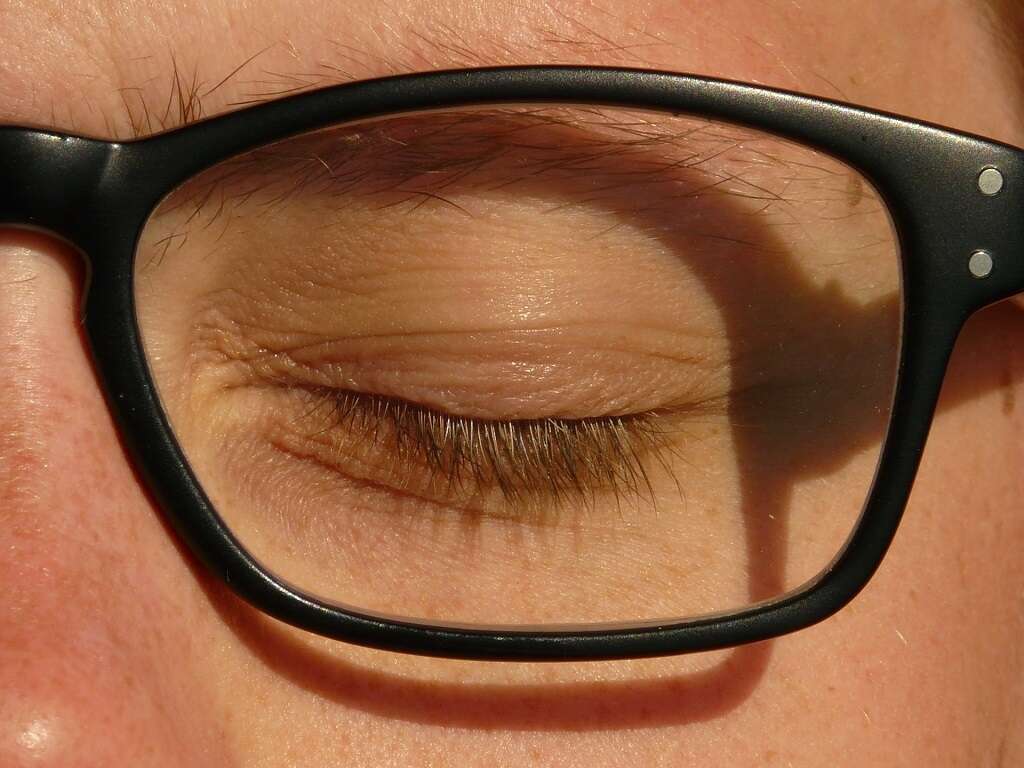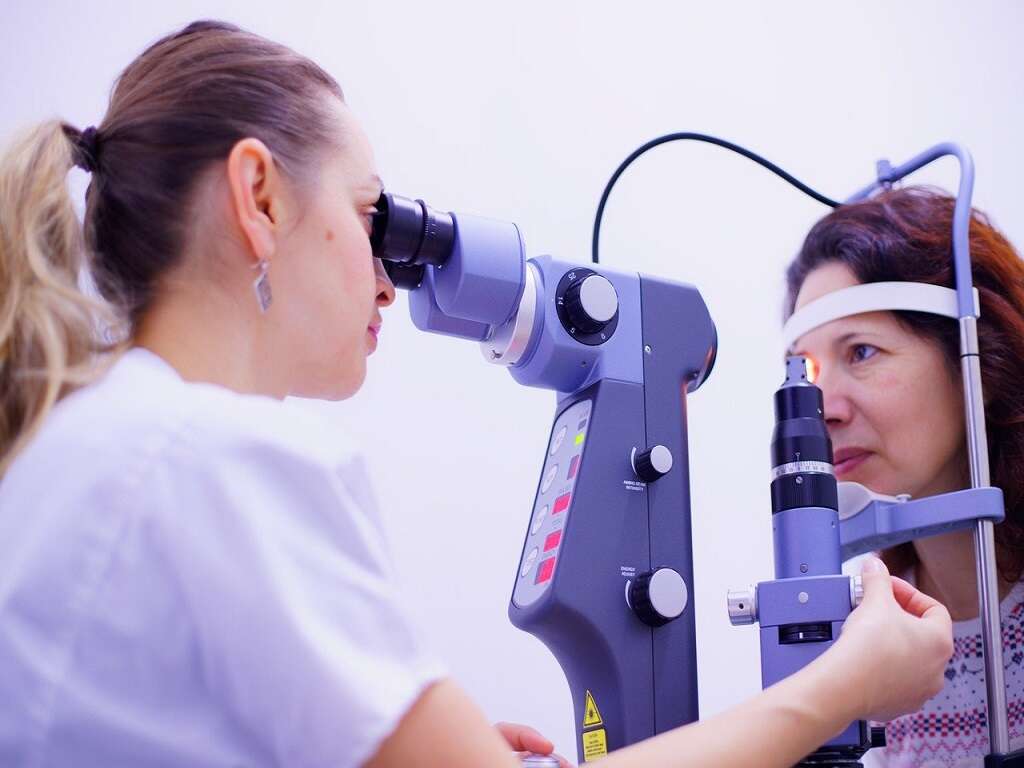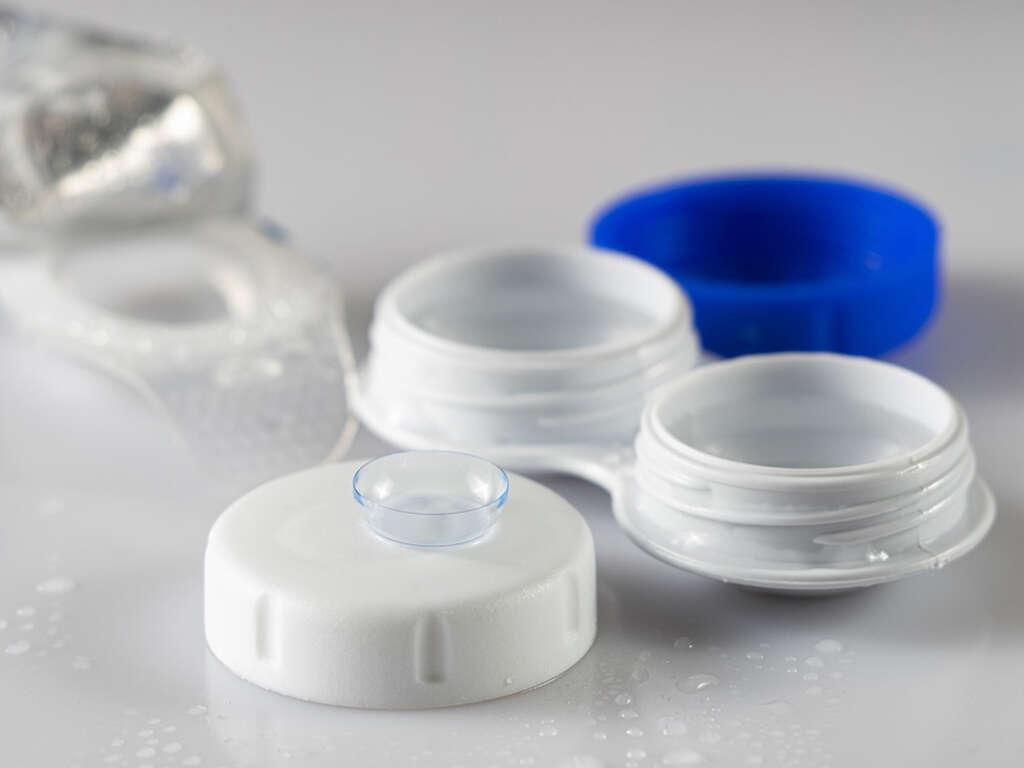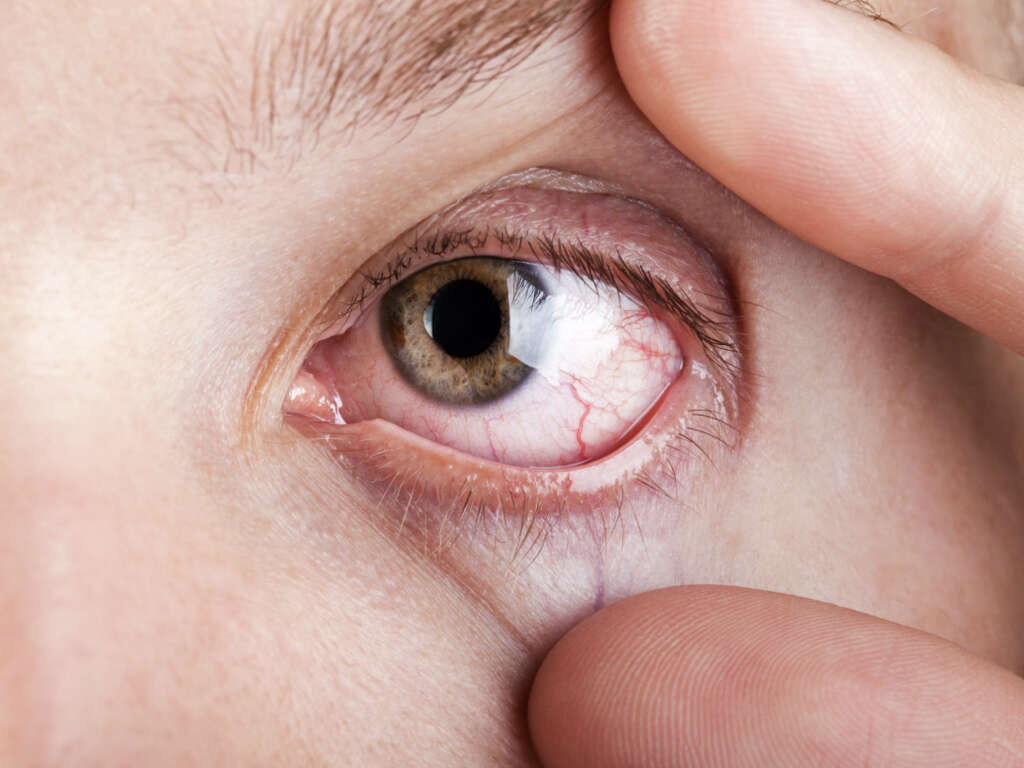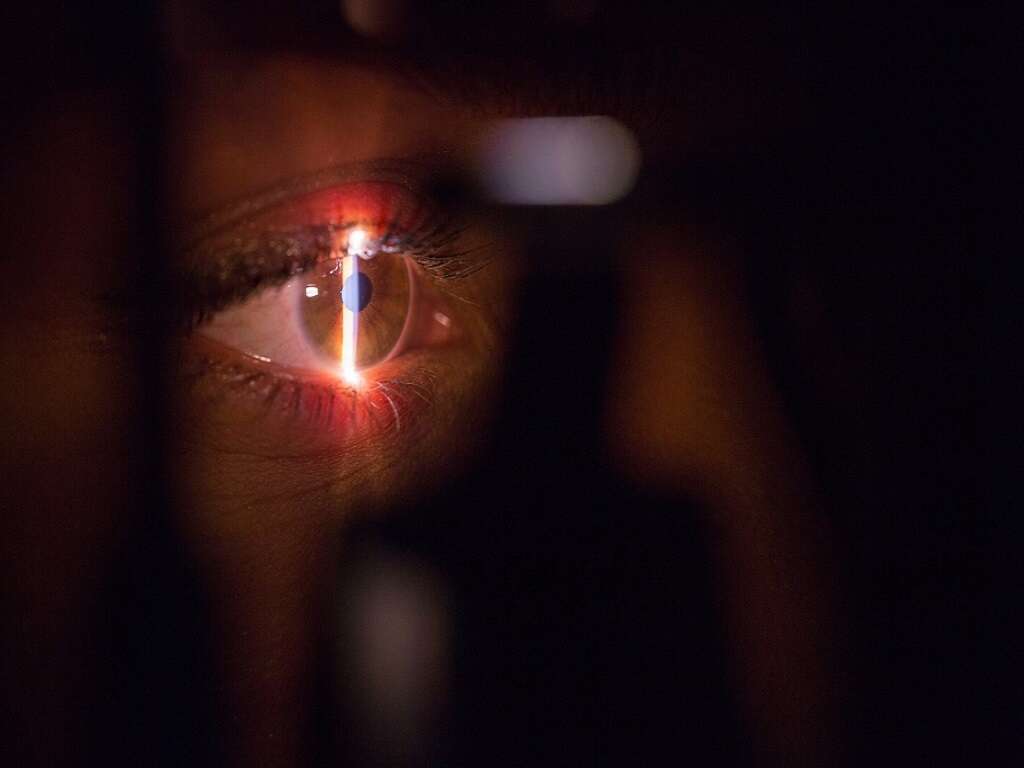10 Causes of Blepharitis
Blepharitis is a condition characterized by sore, red, and crusty eyelashes caused by an inflammation of the eyelids. It is a very common condition and estimates show that about 40% of people develop blepharitis at some point in their lives. Blepharitis also tends to affect more young people compared to older people.
Characteristic signs and symptoms of eyelid inflammation include irritated and watery eyes, a burning or stinging sensation of the eyes, itchy eyelids, crusty debris at the base of the eyelashes, and a sensation of grittiness or a foreign body in the eye. In certain cases, there is also a loss of eyelashes. Before starting treatment for blepharitis, it is necessary to determine the cause of the eyelid inflammation. Here are top 10 causes of blepharitis:
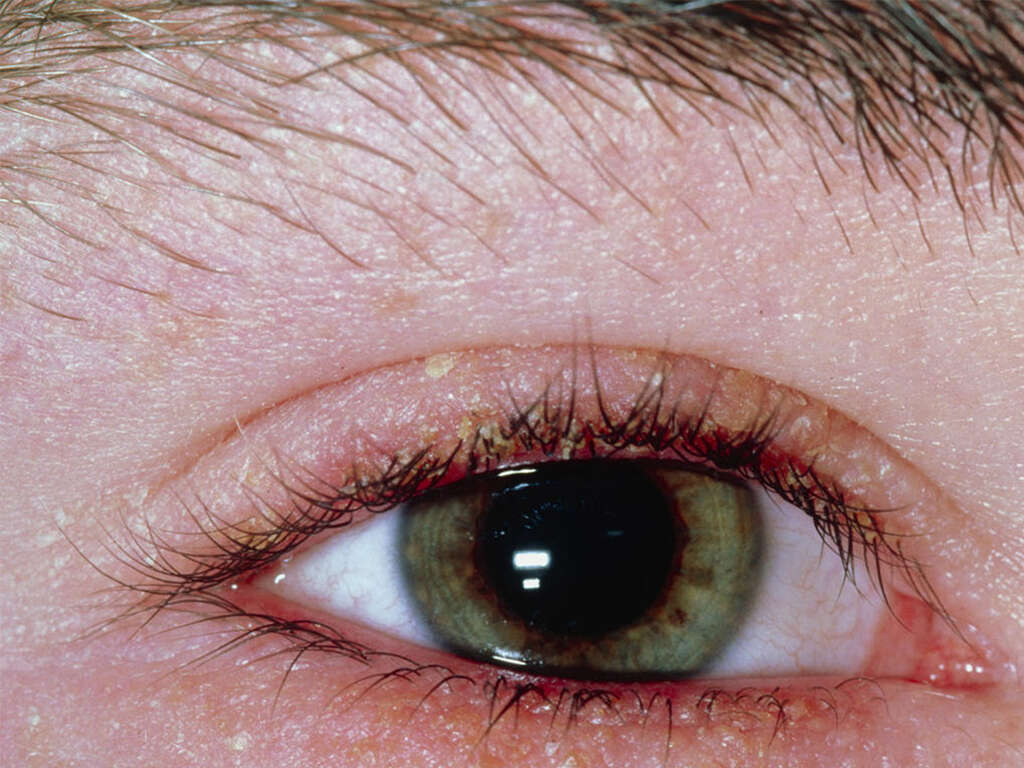
Cause #1: Bacterial Infections
The most common cause of blepharitis is a bacterial infection. Usually it is the bacteria staphylococcus that is involved. Otherwise known as “staph”, the bacteria may live in the body without doing any harm. However, if the number of these bacteria increase to a certain level they cause an outbreak and show symptoms such as eye redness or itching. What exactly causes this outbreak to affect the eye organ is still unknown.
The bacterial infection is not contagious. In some cases, the condition disappears by itself if the eye area is kept clean and the infection is mild. In more severe cases, antibiotics may be prescribed, or a procedure might be necessary to remove the dead skin and bacteria.

Cause #2: Fungal Infections
Fungal infections in the eyes are not as common as bacterial infections. However, in many cases fungi may be the main factor that leads to blepharitis. The most common types of fungi that cause this type of infection are Candida and Aspergillus. Typically, fungal infections occur after an injury that involves a branch or a stick as fungi are usually found on these types of organic matter.
Fungal infections may affect different parts of the eye. If the infection is fungal, a more invasive treatment is necessary as fungal infections can´t go away on their own. Whatever type of fungus infects the eye, the patient will need medication.
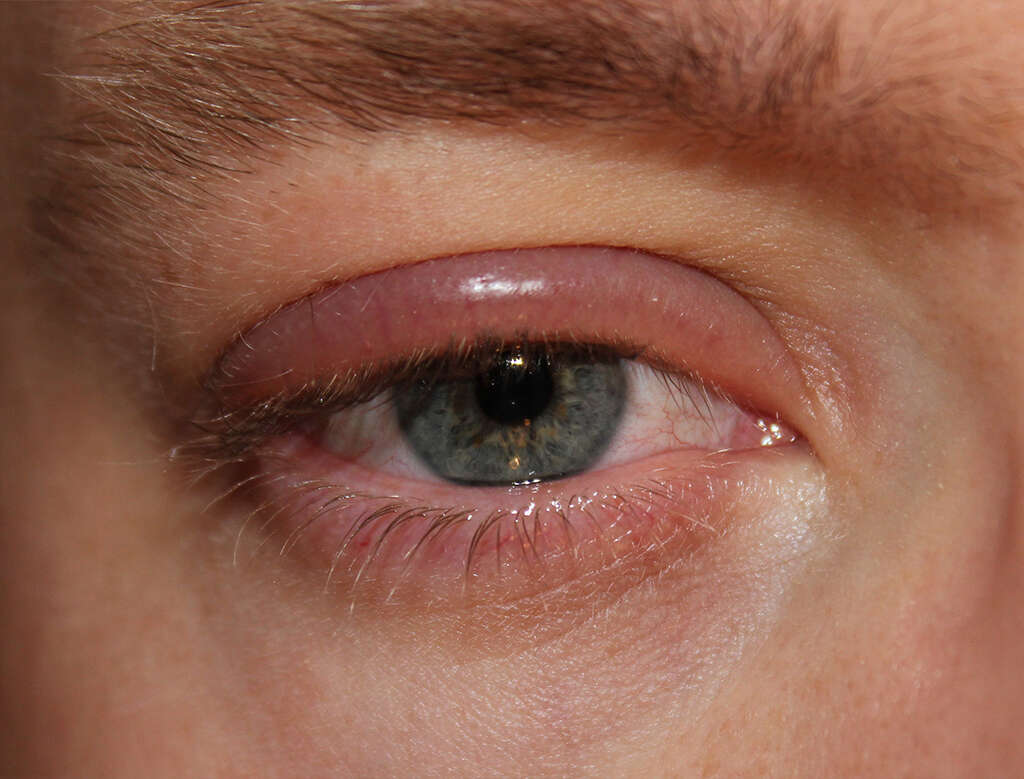
Cause #3: Parasites
A parasitic infection may also be a cause of blepharitis. The two most common parasites involved are known as Demodex brevis and Demodex follicular. These parasites can be found in hair or on the eyelashes, thereby making it easy for them to gain access to the eye organ. In the developed world, this type of infection is very rare, as it occurs in extreme unhygienic environments.
Washing the face, hands and contact lenses (for those who wear them) in normal frequency is enough to prevent this parasite from affecting your eye. This type of infection needs to be treated as quickly as possible. It is therefore important to check any eye infection, as what may appear as harmless may be blepharitis caused by a parasite.
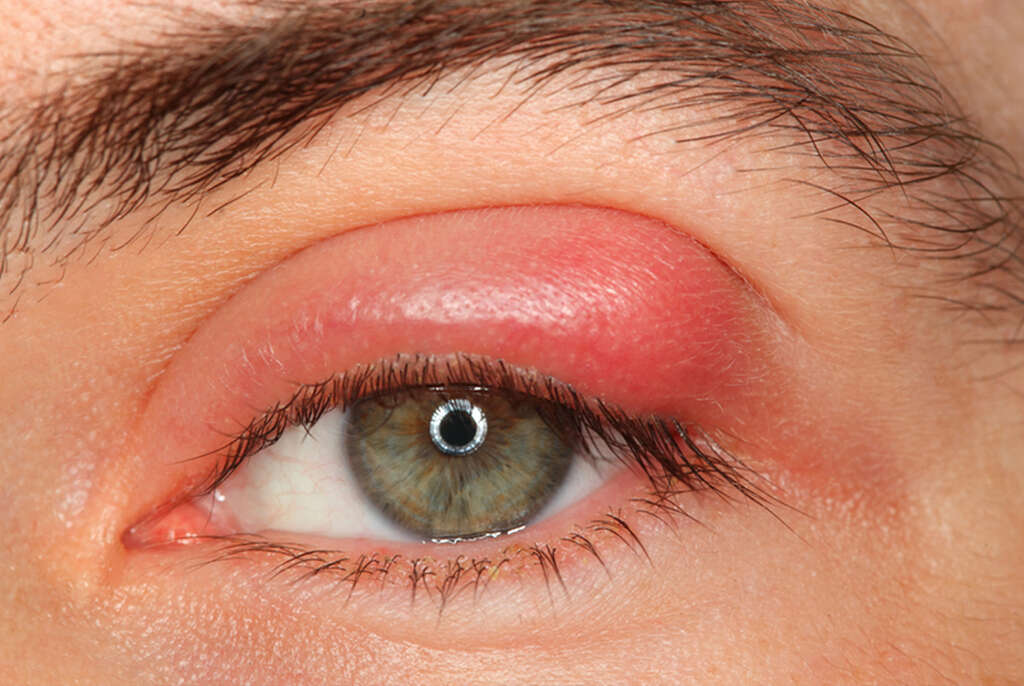
Cause #4: Meibomian Gland Dysfunction
A meibomian gland dysfunction occurs when the glands are not able to secrete the required amount of oil into the tears. This may lead to an abnormality in the natural process of keeping your eyes and eyelids clean, increasing the risk of infection and blepharitis.
The meibomian gland dysfunction may be caused by wearing make-up and not cleaning your eyes before going to sleep. The make-up may clog the opening ducts of the glands. Contact lenses and improper hygiene are other risk factors affecting the gland. Physicians can diagnose this dysfunction during a physical exam, as the meibomian glands are visible and appear abnormal.
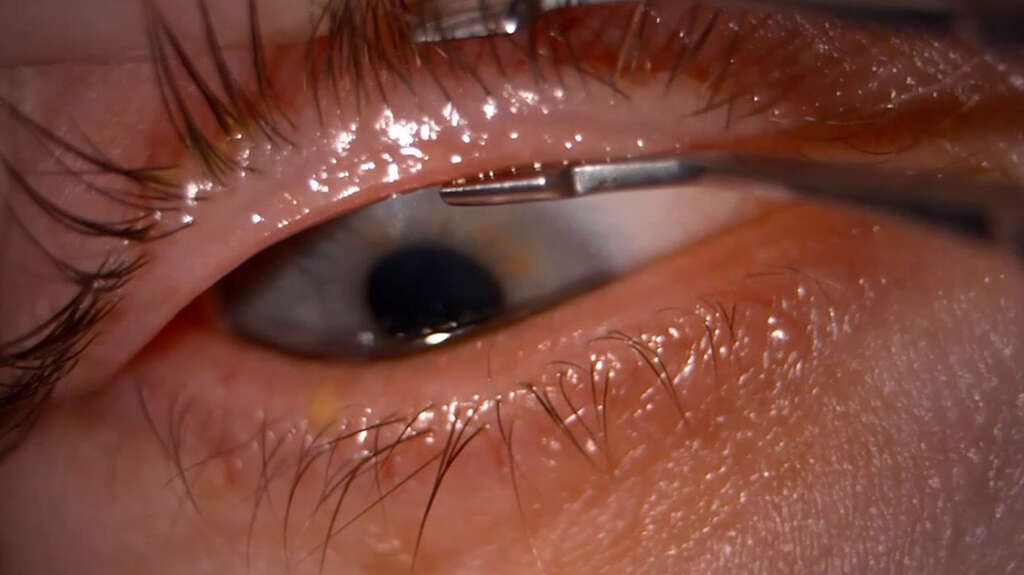
Cause #5: Dry Eyes
It is very common for a blepharitis patient to get dry eyes as well. These two conditions are often found in combination with one another and this can lead to complications during treatment. A big risk factor for dry eyes is an uncontrollable one – age. As we age, the glands naturally secret less oil into the tears.
Another cause related to age is the sinking levels of the hormone androgen, which is known for regulating the meibomian gland. The hormone estrogen also plays a role in meibomian glands, which may contain estrogen receptors. Therefore, hormonal changes affecting estrogen in women, such as during menopause, may also lead to dry eyes and an increased risk of getting blepharitis.
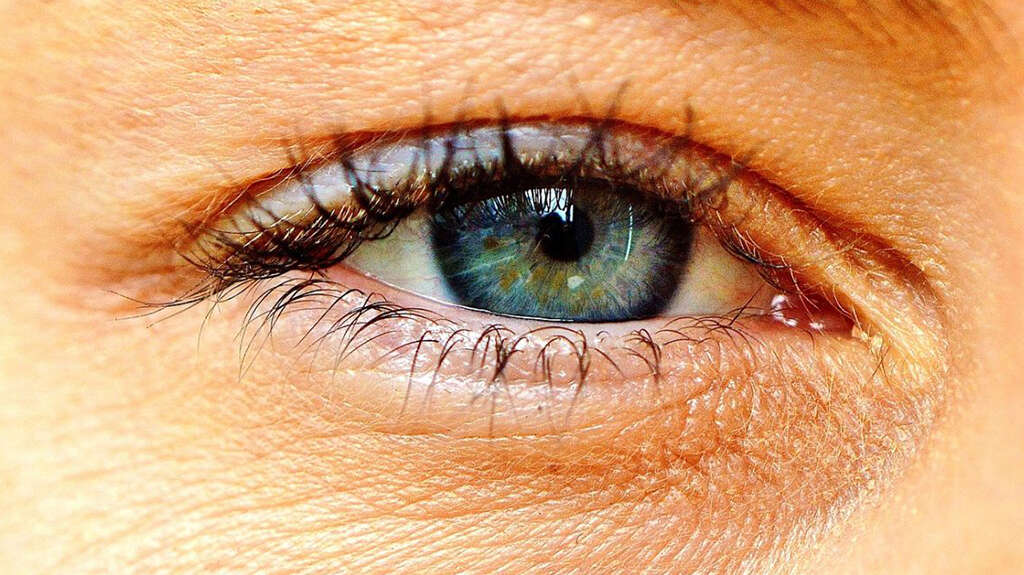
Cause #6: Rosacea
Rosacea is a condition that affects the skin and may even affect the eye organ. Its symptoms are similar to blepharitis and may ultimately lead to the development of blepharitis. Symptoms may include itching, dry eyes, redness, or burning in the eyes.
Scientists still haven´t found the exact cause of rosacea in the eye, but almost all diagnosed patients had a blockage of the glands like the meibomian gland dysfunction. It is this blockage that leads to blepharitis if rosacea is left untreated. Rosacea is infectious, and you can give it to others if they come in contact with the infected area and then touch their eyes without washing their hands beforehand. It is also believed that genetics may play a role in this skin condition.

Cause #7: Scalp Dandruff
Scalp dandruff leads to anterior blepharitis, as only the outer front part of the eyelids is affected. Dandruff from your scalp or your eyebrows reaches the tear film of the eyes, which is responsible for creating tears consisting of water, mucus, and oil. This prevents the normal process of lubrication and leads to irritation of the eyelids.
Having dandruff increases your chance of getting this eye condition at some point. It is therefore important to treat the cause of scalp dandruff, which may be as simple as finding the right dandruff shampoo that heals the scalp. By removing the dandruff, blepharitis usually goes away on its own.

Cause #8: Contact Lenses
Patients diagnosed with blepharitis who wear contact lenses need to take a closer look at how they are wearing and taking care of their lenses. It is important to strictly follow hygiene guidelines. If lenses are not cleaned correctly, they may create the perfect ambient for bacteria to reproduce. A contact lens that contains these bacteria and is not correctly disinfected before being worn may lead to serious eye complications.
Some people are allergic to the lenses themselves and the eye irritation may be an allergic reaction. Wearers of contact lenses who notice any redness, pain, burning, or any other discomfort with the eye need to stop wearing the lenses immediately and visit a doctor.
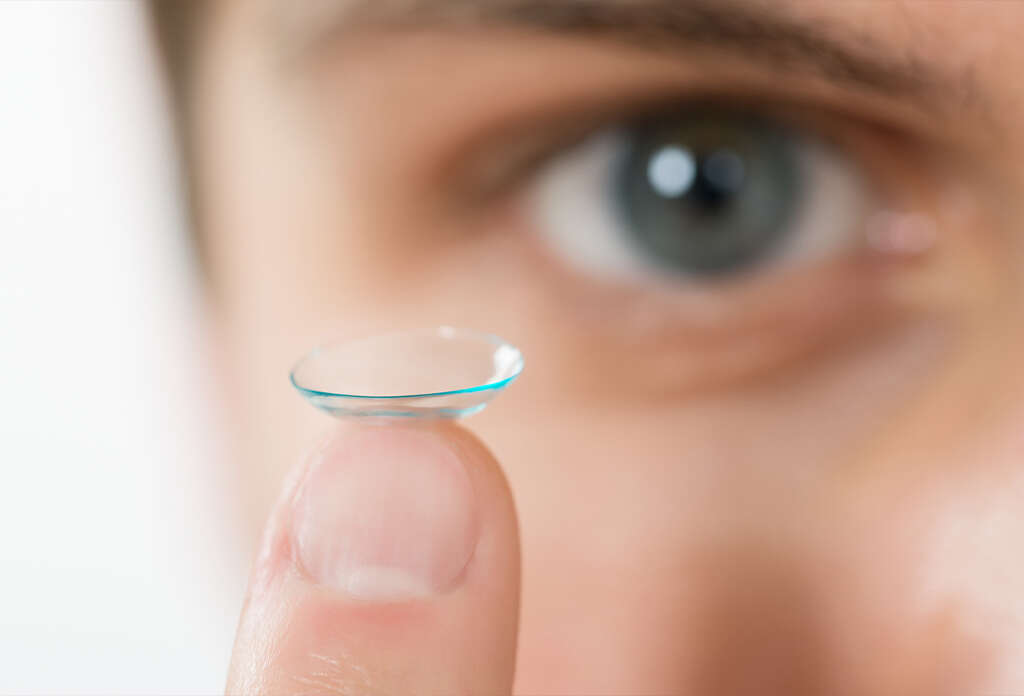
Cause #9: Allergies
The eyes can easily be affected by an allergy, due to the exposure to external factors that occurs by simply opening your eyes. There are several types of allergies that may lead to blepharitis. The allergic reaction may be due to an environmental factor, a man-made factor such as medications or cosmetics, or an infectious factor.
After using a certain product or taking a certain medication and noticing symptoms that appear right after, it is important to stop consumption immediately and visit a doctor. Only by distancing yourself from the factor that´s causing the allergy can you avoid continued blepharitis or other serious complications.

Cause #10: Trauma
Eye trauma may be due to an accident, scratching of the eye, contamination, or a puncture. This can lead to an irritation of the eye, shown in symptoms such as redness, swelling, severe pain, and bleeding.
Trauma automatically involves exposure to factors that are damaging to the health of the eye and, depending on what the eye has exactly been exposed to, may lead to some type of blepharitis. It is best to try and prevent any type of eye trauma by protecting your eyes as much as possible from being directly exposed to the environment and its negative factors.




